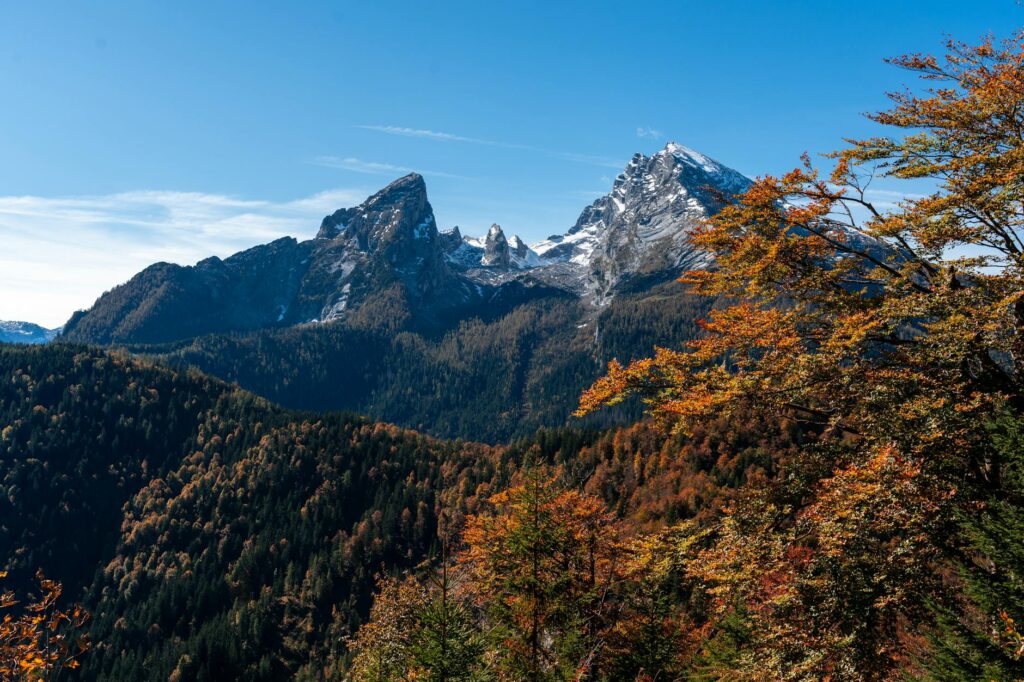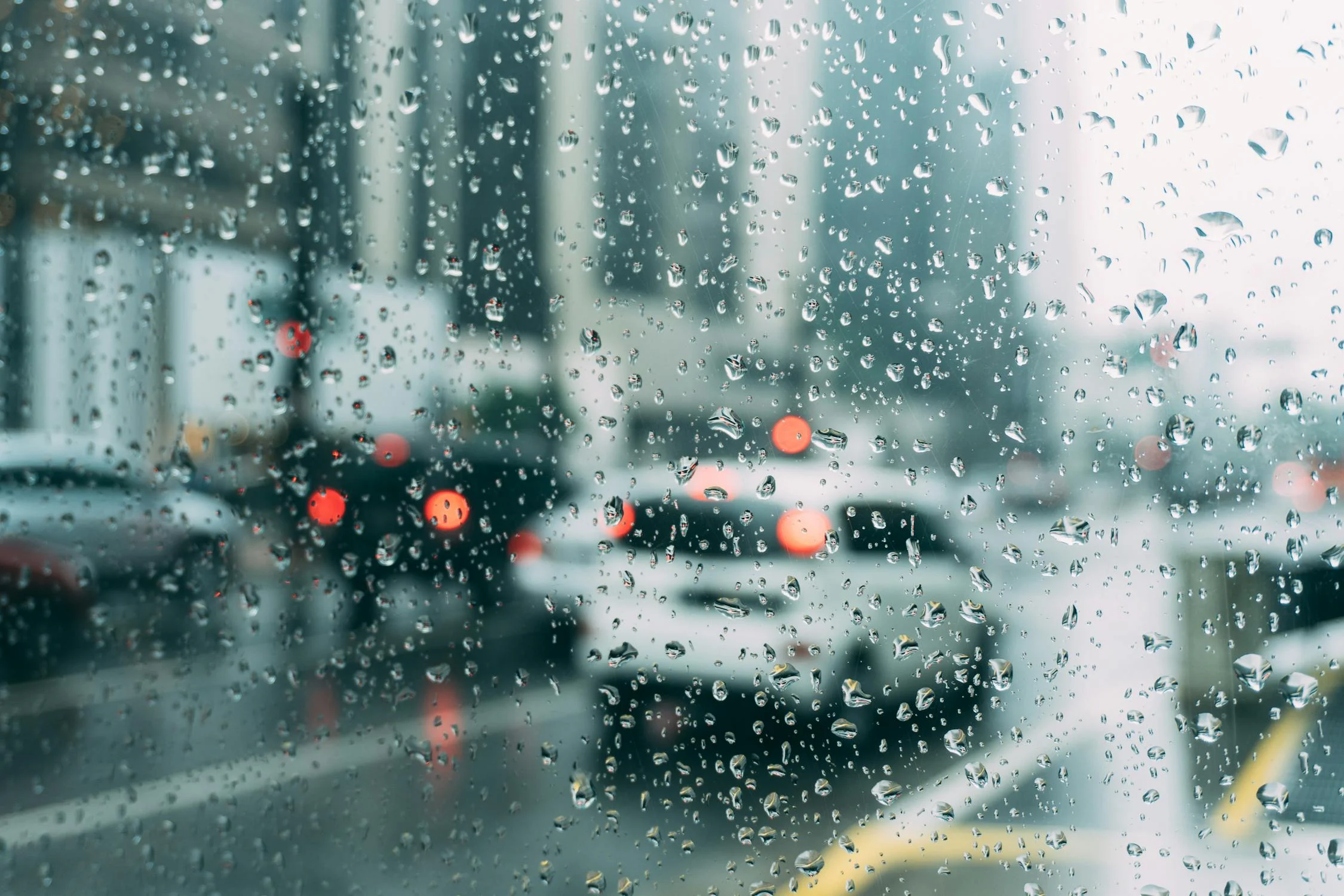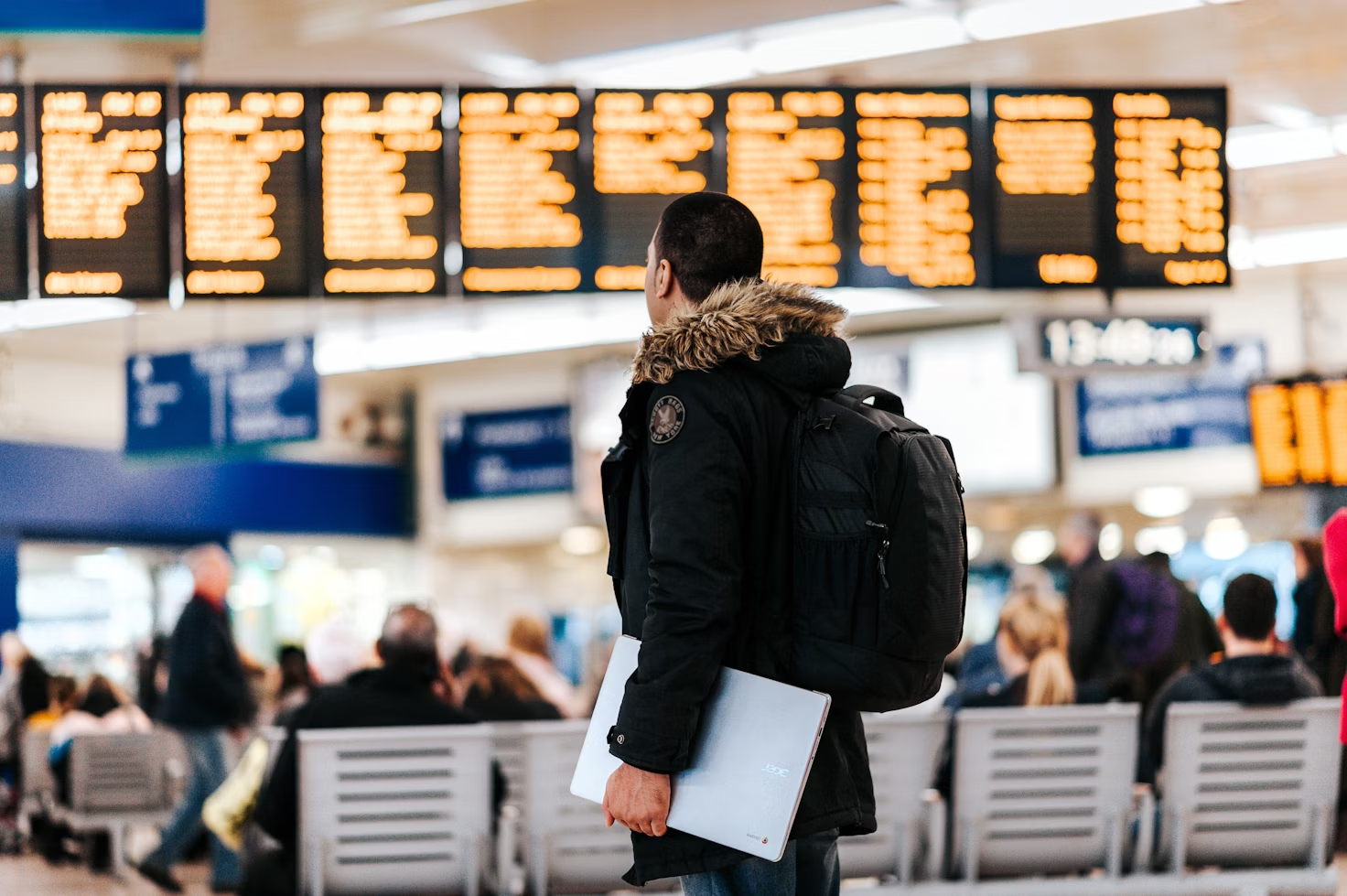Weather plays a pivotal role in shaping travel experiences. From unexpected flight delays to having to adjust outdoor plans, the weather can make or break your trip. So, how do you ensure Mother Nature doesn’t derail your travel plans?
This article will discuss how you can:
- Check the weather patterns for your destination before booking your trip.
- Plan activities that suit the climate for a better experience.
- Consider the best months to visit popular locations to avoid crowds.
- Pack appropriate clothing based on seasonal weather tips.
- Stay flexible with your plans to adapt to changing weather conditions.
Let’s explore how you can make the most of each month, ensuring that your trips are not just memorable but also perfectly timed with the weather.
Understanding Monthly Weather Patterns

Weather plays a crucial role in shaping your travel experience throughout the year. Understanding the monthly weather patterns can help you choose the right destination and activities, ensuring enjoyable adventures no matter the season.
Here’s a closer look at how the weather varies from January through December and how you can optimize your travel plans.
January to March: Winter Wonders and Challenges
Winter is in full swing in the Northern Hemisphere from January to March. Expect cold temperatures, snow, and ice in many regions, which can create both stunning landscapes and travel challenges. Popular destinations during this time include ski resorts and cities known for their charming winter festivities.
Travel Tips:
- Dress in Layers: Staying warm is crucial; opt for thermal layers, waterproof outer layers, and insulated footwear.
- Plan for Delays: Snow can cause flight delays and road closures, so build extra time into your itinerary.
- Activities: Enjoy winter sports like skiing, snowboarding, and ice skating, or visit cozy cabins or heated hot springs.
April to June: Spring Awakening
As winter thaws, spring brings a refreshing change with mild weather and blooming flowers. From April to June, many travelers enjoy the shoulder season, which can be less crowded and more affordable. The weather varies widely depending on the region, but you can expect warmer temperatures and occasional rain showers.
Travel Tips:
- Pack for Variability: Layers are essential during spring; carry light jackets for cooler mornings and afternoons.
- Explore Nature: Spring is a wonderful time for hiking and floral festivals. Consider visiting botanical gardens or national parks as they come to life.
- Avoid Peak Tourist Spots: Traveling early in the season can help you avoid large crowds at popular destinations.
July to September: Summer Adventures
Summer represents the peak travel season for many. From July to September, you can expect warm, sunny weather perfect for outdoor activities. Popular destinations include beach resorts, national parks, and cities featuring summer festivals.
Travel Tips:
- Stay Hydrated: With the heat, remember to drink plenty of water, especially if you’re partaking in outdoor adventures.
- Plan for Crowds: July and August can be tourist-heavy months, so consider traveling to lesser-known spots or booking accommodations well in advance.
- Early Morning Activities: Beat the heat by enjoying outdoor experiences early in the day, like hiking or sightseeing.
October to December: Autumn Colors and Winter Prep
Autumn offers a beautiful transition, with cooler temperatures and stunning fall foliage from October to December. This period often marks a shift towards early winter, especially in late November and December, with the potential for early snow in some areas.
Travel Tips:
- Enjoy Fall Foliage: Plan scenic drives or hikes in places known for their vibrant autumn colors, like New England or the Appalachian Mountains.
- Prepare for Winter: If you’re traveling later in the year, be ready for winter weather; check local forecasts and adjust your plans accordingly.
- Take Advantage of Festivals: Participate in harvest or holiday festivals, which can add a unique cultural experience to your travels.
Deciphering the monthly weather patterns is essential for savvy travelers. It allows you to align your dreams with reality, ensuring your trips enhance your experiences and create lasting memories.
Planning Tips Around Weather

When planning your travels, considering the timing of your trip can significantly impact your experience. Traveling during the off-season offers benefits such as fewer crowds and lower costs.
However, it’s essential to be prepared for potential challenges like unpredictable weather and limited services. For a comprehensive understanding of the advantages and disadvantages, read thisoff-season guide.
Packing Strategies for Different Weather
Packing wisely can make a huge difference in your comfort while traveling. Here are some effective strategies:
- Layering Clothing: Dressing in layers allows you to easily adjust to changing temperatures. Start with a moisture-wicking base layer, add an insulating layer like a fleece or sweater, and finish with a waterproof outer layer. This way, you can peel off or add layers as the weather changes throughout the day.
- Versatile Outerwear: Choose outerwear that can serve multiple purposes. A lightweight, packable jacket can be perfect for sudden rain showers while also keeping you warm against the wind. Look for clothing that’s both functional and stylish so you feel great no matter the weather.
- Compact Accessories: Accessories can play a significant role in your comfort. A beanie or scarf can add warmth, while gloves can protect your hands. Packing items that can easily fit in your bag without bulking it up will keep your luggage manageable.
- Footwear Choices: Select shoes that can handle various weather conditions. Waterproof hiking boots are excellent for all terrains, while breathable sneakers work well in milder weather. Remember to break in new shoes before your trip to avoid discomfort.
Travel Insurance Considerations
Weather can quickly alter your travel plans. Travel insurance is a key component to safeguard your investment and peace of mind. Here’s why it’s essential:
- Coverage for Delays and Cancellations: Many travel insurance policies include coverage for cancellations due to severe weather. This means if your flight gets canceled due to a storm, you could get reimbursed for non-refundable expenses.
- Medical Emergencies: If weather conditions lead to unforeseen accidents or illnesses, having insurance could help cover medical costs while traveling. This offers an extra layer of protection, especially when exploring remote areas.
- Emergency Assistance: In extreme situations, like being stranded due to a natural disaster, travel insurance can offer assistance with accommodations or alternative travel arrangements, helping you get back on track.
- Peace of Mind: Knowing you have a safety net allows you to enjoy your travels more fully. You can focus on the experience rather than worrying about what could go wrong.
Investing in travel insurance tailored to your specific needs ensures that you’re prepared for any weather-related challenges that may arise during your trip.
Benefits of Off-Season Travel

Traveling during the off-season can be a game-changer for your adventures. Why? Because it often means fewer crowds, lower prices, and a more authentic experience. Embracing off-peak times not only enhances your travel plans but also allows you to connect deeper with your surroundings.
Flexibility in Travel Plans
Weather can be unpredictable, especially during transitional seasons. However, planning to travel in the off-season allows you greater adaptability when your original itinerary faces changes. With fewer tourists around, you can make last-minute adjustments without the worry of busy attractions being fully booked. Have you ever found yourself in a situation where a sudden rainstorm ruined your plans?
In such cases, flexibility becomes vital. For example, if you planned a day at the beach and the forecast calls for rain, consider switching to an indoor activity, such as visiting a local museum or indulging in a cooking class. Off-season travel gives you the freedom to pivot easily, ensuring your experience remains enjoyable even when the weather isn’t cooperating.
Alternative Activities and Itineraries
One of the perks of off-season travel is the opportunity to explore alternative activities when traditional plans fall through due to inclement weather. Instead of getting stuck in a rut, you can discover hidden gems that are less reliant on perfect conditions.
When it rains or snows, think about:
- Taking a Culinary Tour: Explore local flavors and dishes by joining a food tour, which often offers a cozy experience away from the elements.
- Indoor Attractions: Seek out nearby art galleries, historic sites, or artisan workshops that can give you insight into the local culture and traditions.
- Wellness Retreats: Look for wellness activities like yoga or spa days, which can help you rejuvenate while staying sheltered from harsh weather.
Traveling in off-peak times opens doors to experiences you might miss during busier seasons. Plus, local businesses rely on off-season travelers, enhancing community engagement.
Ultimately, this thoughtful engagement creates a richer travel narrative, allowing you to foster genuine connections with places and people alike.
Recommended Products for Weather Preparedness

When you’re planning a trip, having the right gear can make all the difference in how well you cope with unpredictable weather.
From sudden downpours to chilly evenings, being prepared means you can focus on enjoying your travels instead of worrying about the elements. Here are some essential products to consider for your weather preparedness.
Versatile Outerwear
One piece of outerwear that stands out is theMarmot PreCip Eco Jacket. This lightweight, waterproof jacket is perfect for various weather conditions. Made from eco-friendly materials, it protects against rain while being breathable enough for warmer days.
Whether you’re hiking through misty mountains or strolling in the city on a drizzly day, this jacket will keep you comfortable. It packs easily into its pocket, making it a great travel companion.
Travel Umbrella
For those unexpected rain showers, a compact travel umbrella is a lifesaver. TheRepel Windproof Travel Umbrella is a top choice. It’s lightweight, folds down small enough to fit in your bag, and withstands strong winds without flipping inside out.
This ensures that a little rain won’t dampen your plans. Plus, it’s incredibly easy to use, so you won’t waste precious time fumbling to get it open.
Packing Cubes
Lastly, consider using packing cubes to keep your items organized based on weather needs. TheeBags Professional Slim Laptop Backpack includes packing cubes that help you separate your gear.
Depending on the day’s weather forecast, this makes it easy to find your warm layers or rain gear. Not only does organization save you time, but it also ensures everything is packed efficiently.
Using these recommended products can help enhance your travel experience, no matter the weather. Prepare yourself with the right gear, and enjoy your adventure without the worry of what Mother Nature might throw your way.
Final Thoughts
Understanding how weather influences your travel plans is essential for a smooth and enjoyable experience. Each month brings unique weather patterns that can affect your itinerary, packing choices, and overall enjoyment.
Whether you’re planning winter getaways filled with snowy adventures or summer beach escapes, staying informed allows you to adapt and make the most of your journey.
- Check the local weather for your destination a few days before you leave.
- Make a list of outfits that can be mixed and matched.
- Pack a lightweight rain jacket or sweater just in case.
- Look into travel insurance options that fit your trip.
- Confirm your accommodation and transportation details.
As you prepare for your next trip, remember to check local weather forecasts, pack versatile clothing, and consider travel insurance to protect your plans.






11 Responses
Really appreciated the recommendations on versatile outerwear. It’s always a puzzle to pack smart and not end up either freezing or overheating. Gonna look into those options before my next trip!
The section on planning tips around weather was incredibly helpful. It’s the little things like packing cubes that make a big difference. Thanks, TouristTales, for these nuggets of wisdom!
Loved the bits about off-season travel. It’s a game-changer for avoiding crowds and finding deals. This info will def make it into my travel tips post!
The part about summer adventures got me wondering, are there any underrated destinations you’d recommend for someone looking to escape the tourist traps?
Autumn colors and winter prep? More like finding the best place to see the leaves while still hanging onto my latte without needing mittens yet. Lol
Any advice on travel insurance considerations for someone who’s always looking to save a buck? Not sure I’ve found the right balance between being covered and not overspending.
I find the concept of packing strategies interesting, but isn’t it all common sense? What truly sets apart your recommendations from the usual travel advice out there?
There’s something magical about the way you described the spring awakening. Makes me dream about my next trip and what new beginnings it might usher in for me.
Totally with you on that. Spring travel has a way of renewing my spirit too. It’s all about watching the world come to life again.
On the topic of travel umbrellas, any specific features we should look for? So many options out there, it’s a bit overwhelming trying to choose the right one.
This whole article just lifted my spirits! Planning my travels around weather patterns is such a game changer. Can’t wait to put these tips to good use.